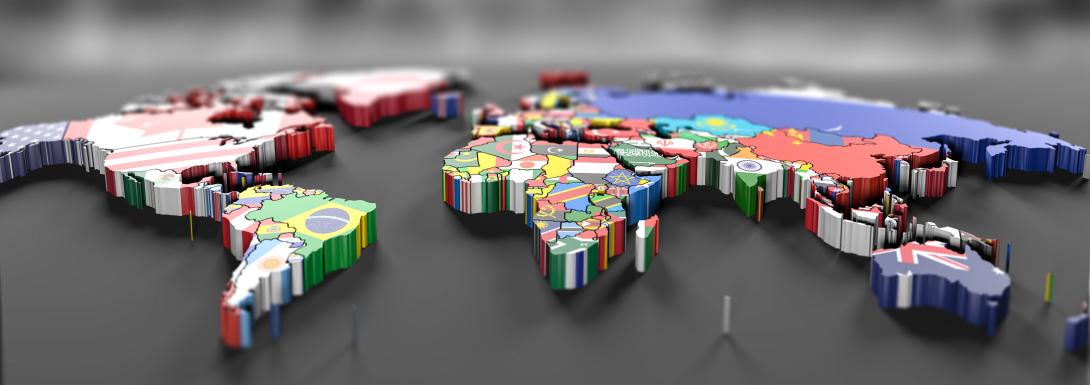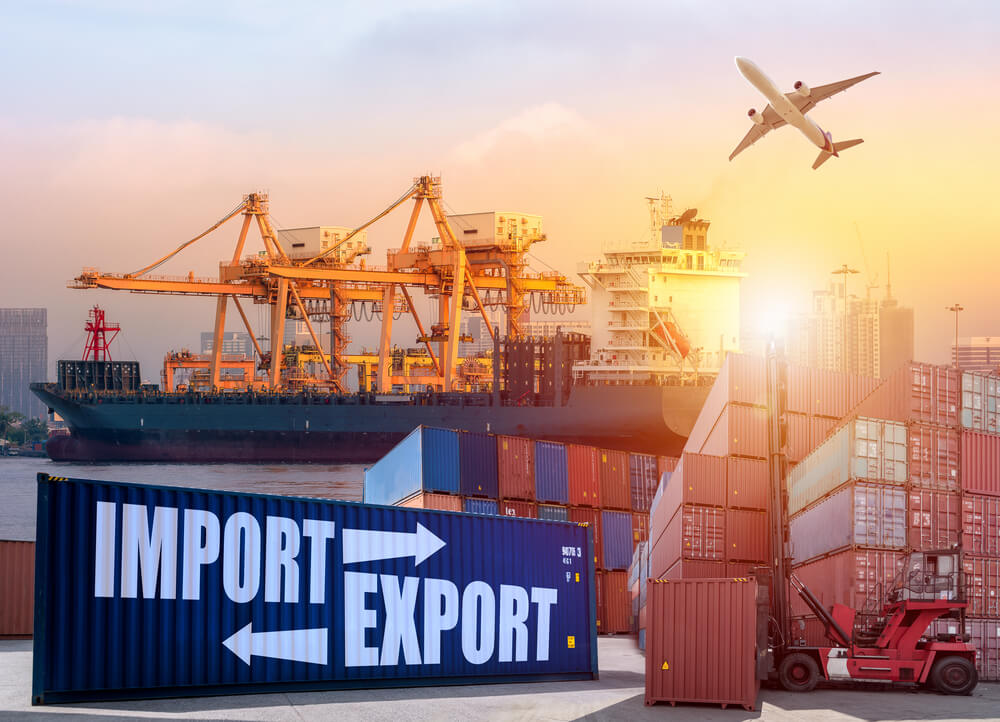ADVANCE FENESTRATION EXPORTS
We offer Aluminium Window & Door Export to Southern Africa as well as into Central America
At Advance Fenestration, we have built up a very good reputation and relationship with Developers and Construction Companies in numerous Countries in Africa and undertake several export projects every month. From our supply only export orders to our complete turnkey supply, which includes installation and project management, we offer a solution to all your aluminium systems and fenestration needs in Africa at an affordable cost.
We have undertaken various projects in Botswana, Zambia, Mozambique, and other Southern Africa Countries as well as supplying into Mauritius and Central America. We have supplied and managed projects ranging from affordable aluminium systems, housing projects, High-end residential apartments to commercial and industrial projects.
We have over time managed to create a logistic partnership and network of receiving your goods on time and package correctly. We assist in clearing goods, as well as all logistics requirements that are needed for the goods to arrive on time at your destination.
Advance Fenestration is a SADC registered Exporter and Importer, thus allowing any Clients from SADC countries to import from Advance Fenestration without having to pay any import duties on the product. Please get in contact with our team if you have any costing requirements that you need.
See also below some Frequently asked question regarding VAT, Logistics and Lead Times
FREQUENTLY ASKED QUESTIONS
Who is responsible for the VAT?
When exporting goods from the Republic of South Africa to
any destination, including SA Customs union Countries and SADC Countries, one must
distinguish between two types of exports, namely direct and indirect exports.
Direct Exports:
A direct export is where the supply vendor (“the supplier”)
consigns or delivers movable goods to a client at an address in an export
country.
Here the supplier is in total control of the export and is responsible for all
aspects of the exportation.
As per Section 11(1) (a) of the Value-Added Tax Act, 1991 VAT on goods directly
exported out of the Republic can be zero-rated (0%).
In terms of Section 11(3) of the Act, the vendor needs to
acquire and keep the required documentation in order to apply the zero-rating.
This list can be found in SARS interpretation note 30.
Indirect Export:
An indirect export is where the recipient from an export
country removes or arranges for the removal and transportation of movable goods
purchased in the republic to an address in an export country.
Indirect exports are regulated by the VAT Export Incentive Scheme (the Scheme)
which came into effect on 16 November 1998. In terms of Part Two of the Scheme
the supplier, may in certain circumstances, elect to supply movable goods to a
qualified purchaser at zero rates. This option may only be elected to supply
movable goods to a qualifying purchaser at zero rates. This option may only be
elected where the supplier is able to ensure that the goods are delivered to a harbour
or airport, which is a “designated commercial port”, from where those goods
will be exported by the qualifying purchaser. As the supplier will be held
accountable if the conditions are not met, it is up to the supplier to decide
whether to apply zero rates as provided for in Part Two of the Scheme or to
apply the standard rate.
Should the vendor apply the zero-rating he must
furthermore retain and carefully preserved for a period of five years the
following:
- His
copy of the zero-rated tax invoice or the tax invoice showing tax equal to
the national input tax credit claim, as issued by himself.
- A
copy of the qualifying purchaser’s passport or trading license, or of the
passport and the relevant letter as stipulated in paragraph 1.1 under the
heading “Foreign diplomats”.
- The
qualifying purchaser’s order or the contract between himself and the qualifying
purchaser and
- Proof
of payment for the movable goods by the qualifying purchaser.
What is the best way to transport and protect the goods?
We Have found that using a container is the best way. On
larger contracts we prefer containers to be purchased for easy means of
transport, handling, and insurance purposes, so we can make sure your aluminium
systems and goods arrive without any quality and breakage issues.
All our products are protected through protection tape that
gets applied to all visible aluminium profiles. We further pallet wrap each
product individually; we wrap with bubble wrap and then we crate the goods or
fix them directly to whatever mean of transport was arranged. In the case of
glass, we use wood crates and use 5mm soft board in between.
In the case of smaller orders, crating and other means of
transport can be arranged.
Lead time from ordering?
The manufacturing process will have a lead time of a maximum
of 4 weeks to fill the first load of goods. The estimated time of transport
depending on destination should then be added onto the 4-week manufacturing
lead time. In general, Southern Africa Countries, delivery will be +/_ 6-7
weeks from commencing. Other countries and where freight shipment is involved,
the lead time will be extended.


